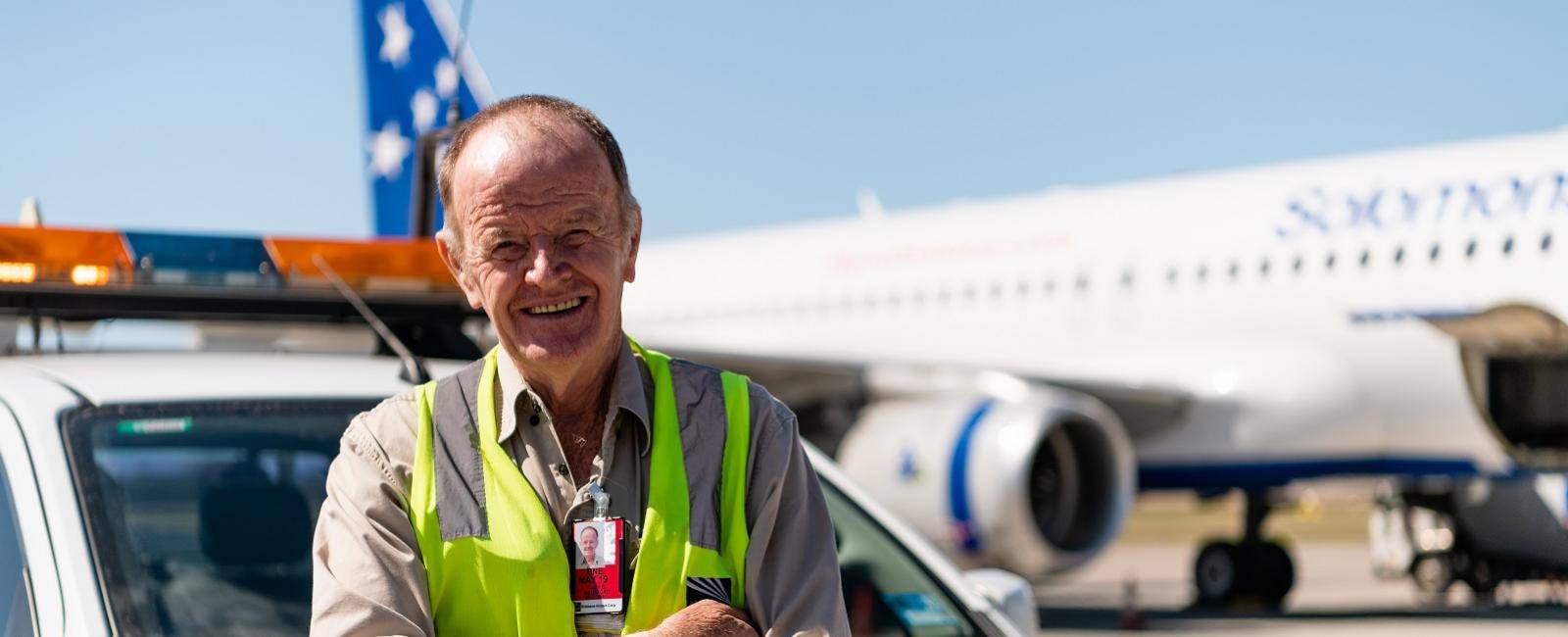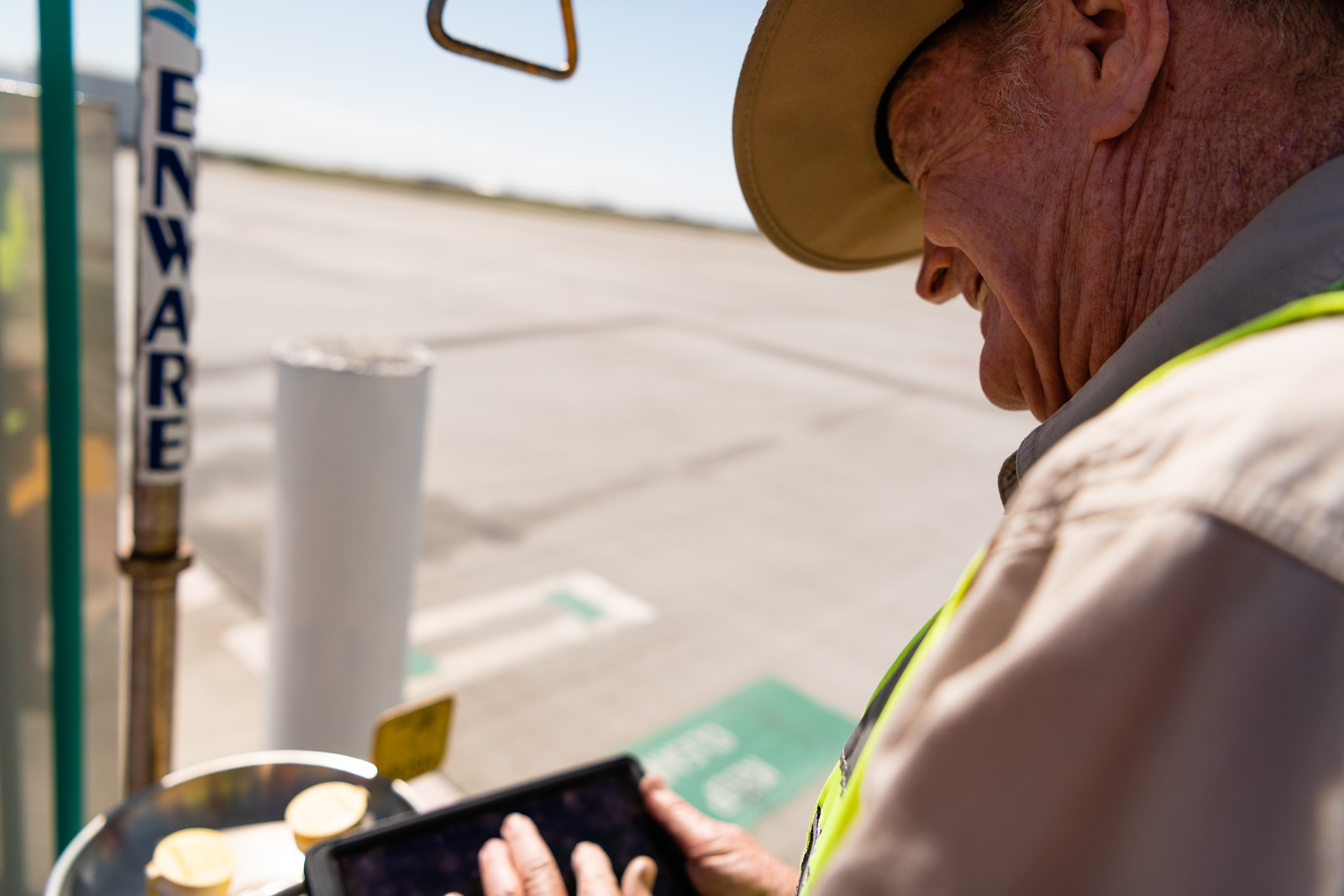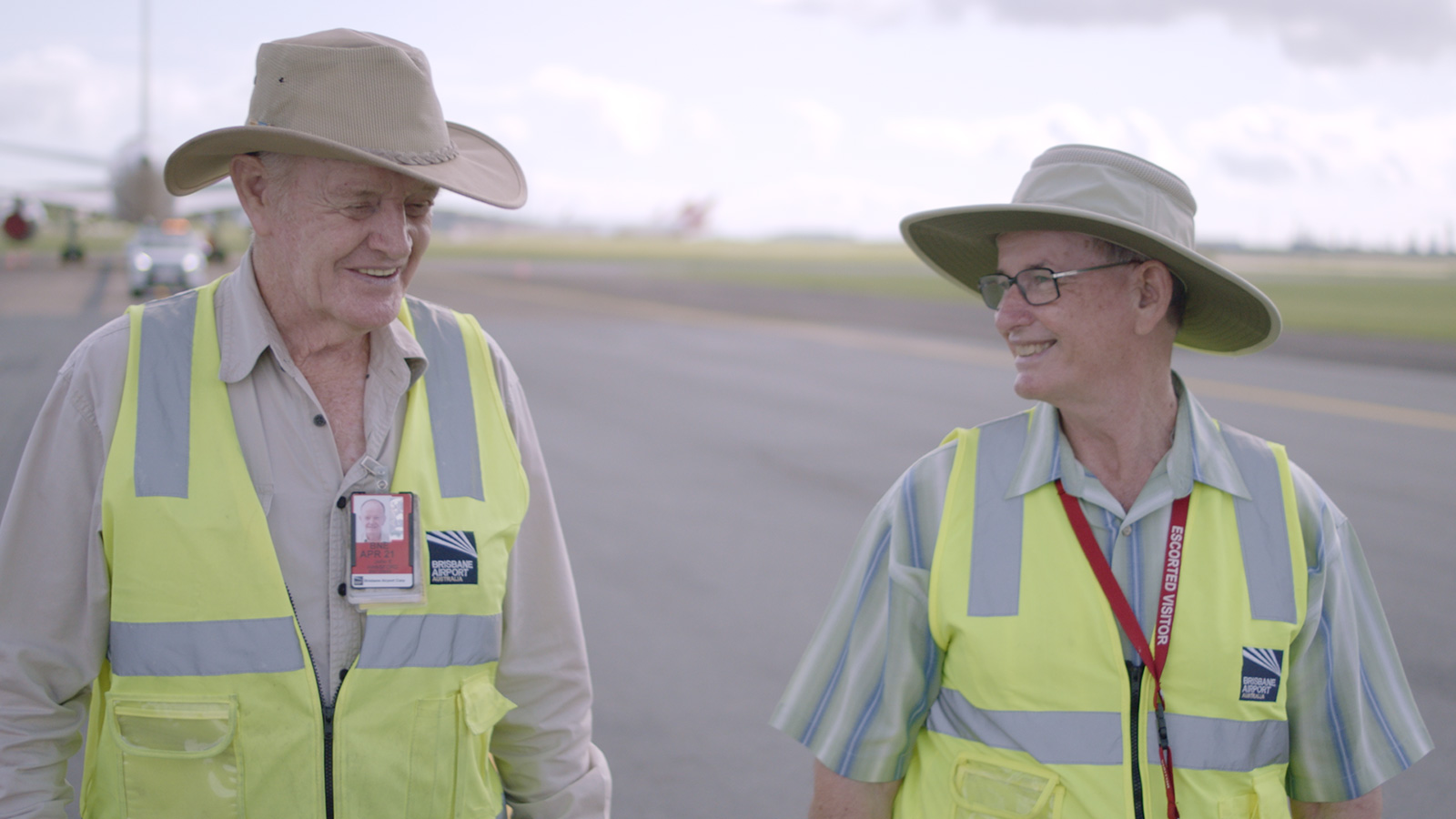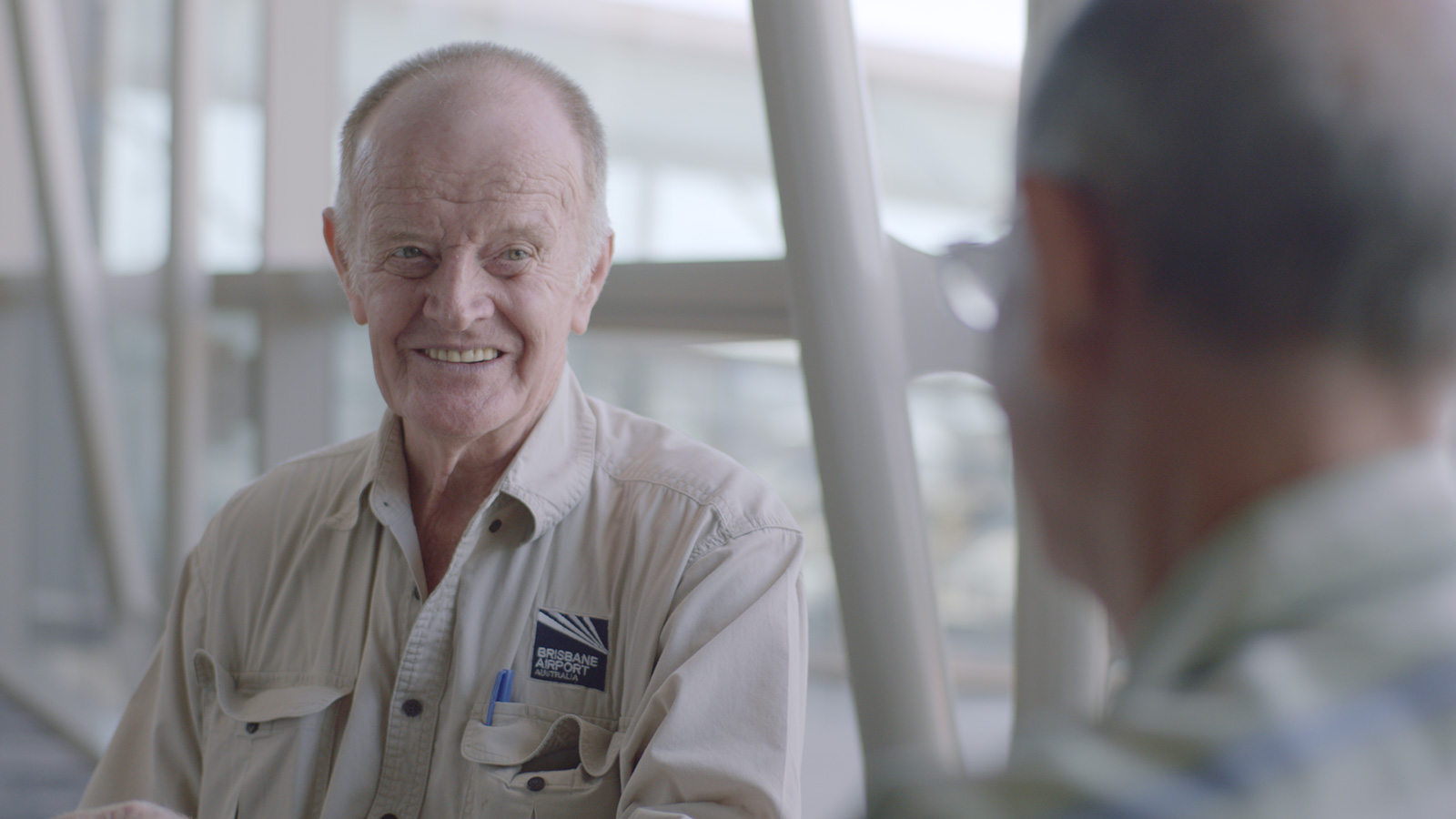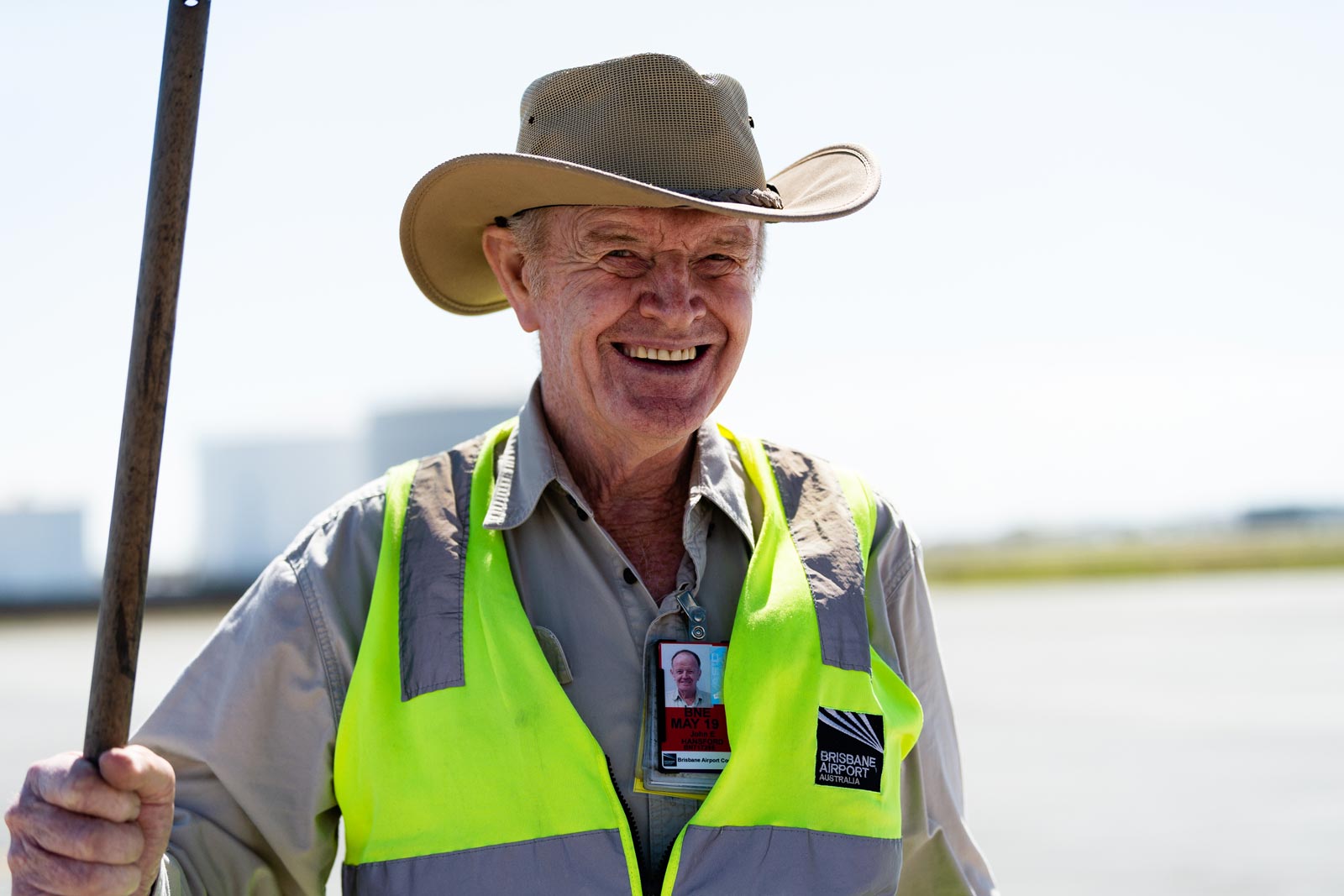
For any generation born after the baby boomers, it is impossible to comprehend just how different the world was 50 years ago. Beatles mania was alive and well, the Vietnam War was ongoing, Apollo 11 landed on the moon, and trams were still operating in Brisbane.
Aviation 50 years ago is just as hard to fathom. Ansett was still operating and was Australia's largest domestic carrier, passengers were allowed to smoke inside aircraft, and security was almost non-existent.
It is a world that you can now read about through channels that didn't even exist back then, but reading about Brisbane and the world back in 1969 via the world wide web simply doesn't do it justice. You have to speak to people who were part of this world to truly appreciate what life was like and just how much things have changed. And to understand what working in aviation was like fifty years ago, I have come to learn that there is no better person to speak to than John Hansford.
I was standing in the lunch room of the Brisbane Airport Airside Operations office when I first spot John. He is tall, slim, and has a commanding presence that is as big as his smile. I watch on quietly as he speaks with his colleagues. He has a kind face that instantly puts you at ease, and when I finally introduced myself to him, it felt as though I had known him my whole life.
Imagine my surprise when we got to talking and discovered that in a strange and unexpected way, I actually have a connection to him. I spotted a small card pinned to the lunchroom noticeboard. It was an ‘In Loving Memory’ card, and as I took a closer look, I instantly recognised the name and face on it. It was the man who used to live in the property adjoining mine, Chris Torenbeek. I met him years ago after springing him feeding sausages to my two dachshunds while stealing pats over the back fence. From that day on, we became friends and would often talk about his days as an Airside Operations Officer.
I ask John, “Did you know Chris Torenbeek?”
It turns out John didn’t just know Chris. He was mentored by Chris who used to work as Airside Operations & Standards Co-ordinator and credits him with most of what he knows about Airside Ops today.
John has been working at Brisbane Airport for 51 years. It is a mark of loyalty that is hard to find in this day and age, and testament to his hard-working, down-to-earth character. He is also incredibly genuine and humble, downplaying his part wherever possible so that he can give recognition and praise to others. The first person he wanted to credit was his wife, who he says made it all possible. His face lights up when he talks about his family.
"I'd have to give a lot of thanks to my wife for putting up with all of this. She really looks after me. To understand shift workers, to be able to work with a roster on a piece of paper..."
This year will mark 51 years of service at Brisbane Airport, and as much as John will never acknowledge it himself, when I listen to him speak it becomes abundantly clear why at 71 years' young, he is more valuable to BNE than ever before.
"I came in as a tradesman sheet metal worker because the old airports in the Department of Civil Aviation days, they had all their trades. It was like a mini city. Everything from a blacksmith all the way through to an instrument maker, they had electrical maintenance and electrical installation, there was an electrical workshop and they even used to make their own electric motors. Nowhere in Australia nowadays is an electric motor made."
I can't help but feel inferior when I realise he remembers the 'Eagle Farm days' more vividly than I remember the list of items on my shopping list. This feeling deepens when he stops mid-story to point out an Air Niugini Boeing 767 aircraft that is nothing more than a blurry blob in the sky for me.
"When I started there were probably 50 or 60 ground staff just for Brisbane alone. We were making all the cabinets for the electrical gear and radio gear. There were machine shops, a welding shop, the painting shop for painting, and the fellow used to paint that fast that if you weren't quick enough you'd get your hand painted as well."
The probation period back in 1969 was a mere three weeks, and John worked as a sheet metal worker for around 18 months before being marked as a welder and putting up his hand for a transfer to the 'line section'.
"They were the fellows who built towers, the underground cables all over Queensland, trucks, all sorts of different stuff. I did that for 12 and a half years, and that was a lot of travelling. You get married in the meantime, and it's very hard on your wife. That person is left at home by themselves. Sometimes we were away seven months straight, nine months straight, it's a long time."
John rose through the ranks and became a foreman before eventually transferring into ground staff so that he could spend more time at home. He again rose through the ranks to become ground staff foreman, and it wasn't until 1995 that he took a leap of faith and applied to be an Airside Operations Officer. He has been doing the role ever since, and is quick to point out that it's easy to stay in the same role for a long time when you have a good workplace culture.
"It's been a good job, very interesting. I think a lot of it has to do with the people around you. If you've got good people around you, and you can look after people, it makes everything flow smoothly."
All of John's colleagues assured me that John is a man who could tell a thousand stories with the most intricate of detail based on his experiences - far too many to ever capture. Like the story of the emergency landing that occurred on Runway 14/32 many years ago on a Sunday night while John was the man in-charge.
"It was a beach-craft bonanza. It had taken off from Archerfield and it'd had a major service, but when they came in to land at Bundaberg, they couldn't get the wheels down. So where's a good spot to land? They came back to Brisbane. They used up all their fuel over the bay, and we actually got the owner into the tower and they were reading aircraft manuals and flight manuals as much as they could.
"The owner told them from the tower, 'as you come in over the fence, one way to help us a bit would be to (because they were only single-blade propellers) set them at a horizontal position and best of luck'. So you hear this aircraft (make noises) running perfectly, skidding along the runway. And these blokes, they wrench the door open and they jumped out and ran, ran as fast as they could. It was dark. The firies came out. It didn't catch fire or anything, no one was hurt.
"We had to get the owner and a low-loader to get it off the runway. They took it over to the old Ansett Hangar and set it up on trestles, got the wheels working again. And the next after noon, mind you, they started up, they took off on Runway 01, and the bloke asked the tower if he could have an extra-long run because he couldn't use full power, he used three-quarter power. They tied the door because they wrenched it so hard it buckled, and they took it back to Archerfield."
As a man who has worked at Brisbane Airport for more than 50 years, John has undoubtedly seen a lot of change. He remembers the cutover from Eagle Farm Aerodrome to Brisbane Airport as we know it today, working long hours carrying equipment and assets 'up the road' as the airport literally moved operations overnight. He has seen aircraft change and innovate, with carriers coming and going over the decades, and marvelled in awe of how many flights they can synchronise to keep up with demand. But the biggest change he has seen during his incredible tenure?
"The whole culture. As Peter Dunlop (Airside Operations Manager, Brisbane Airport Corporation) said to us once, and it has always stuck in my mind, the general human culture is that if things are working, leave them alone. With airports, you've got to say, if it's not changing it's not working."

